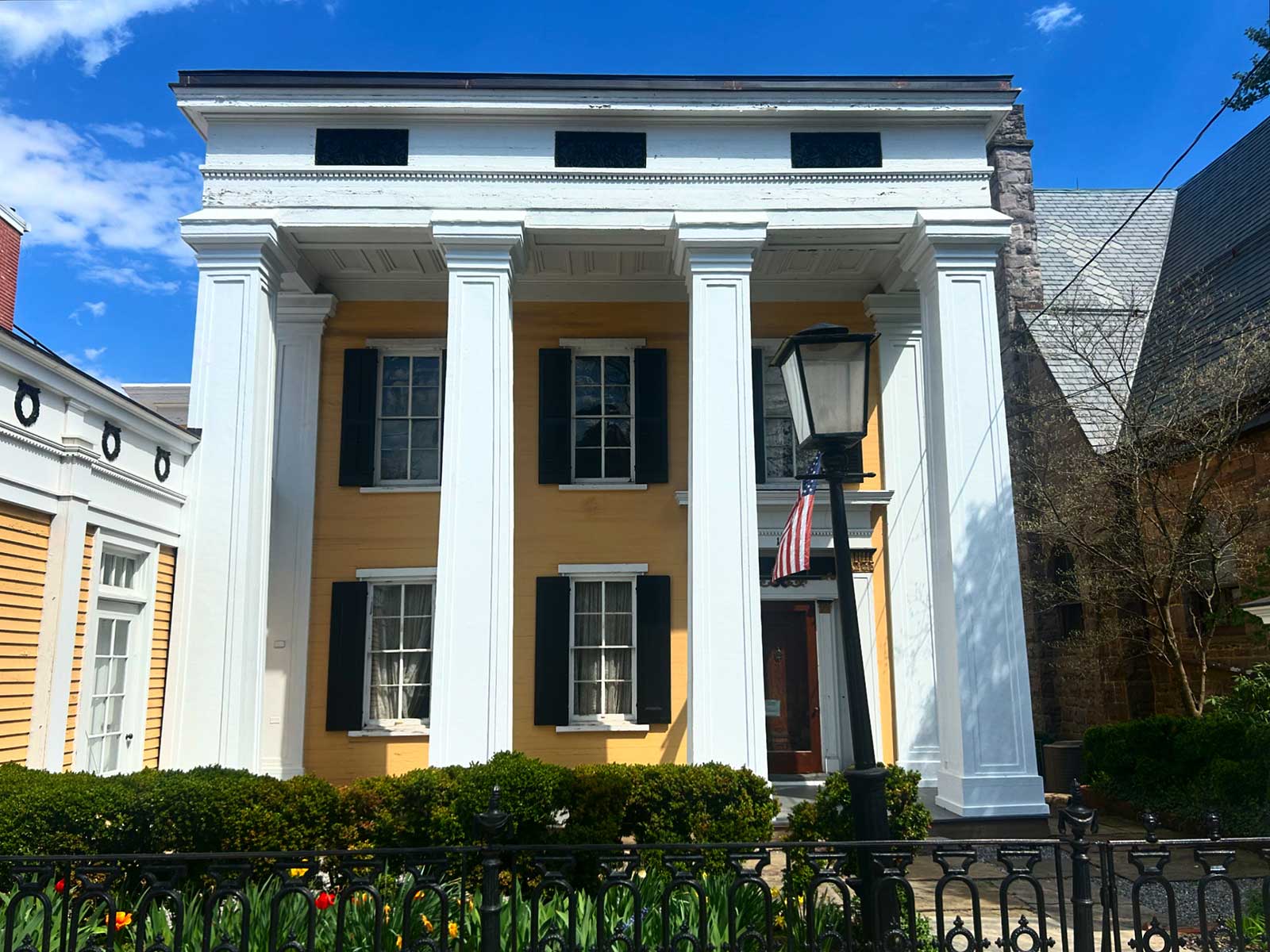
Flemington, New Jersey is a picture-perfect Victorian town that, despite its small size, had an important role in steering the course of American history.
This year, the House Tours of Flemington returns on June 1st and visitors will learn about families like the Flemings, Lowreys, and Southards and their part in the American Revolution. But let’s be honest, the real reason why the annual tour has become so popular — with more than 500 visitors last year — is the chance to peek inside these gorgeous old homes and meet the locals who own them. In addition to three century-old churches, the newly renovated courthouse, and two house museums, five private residences will be included on the tour.
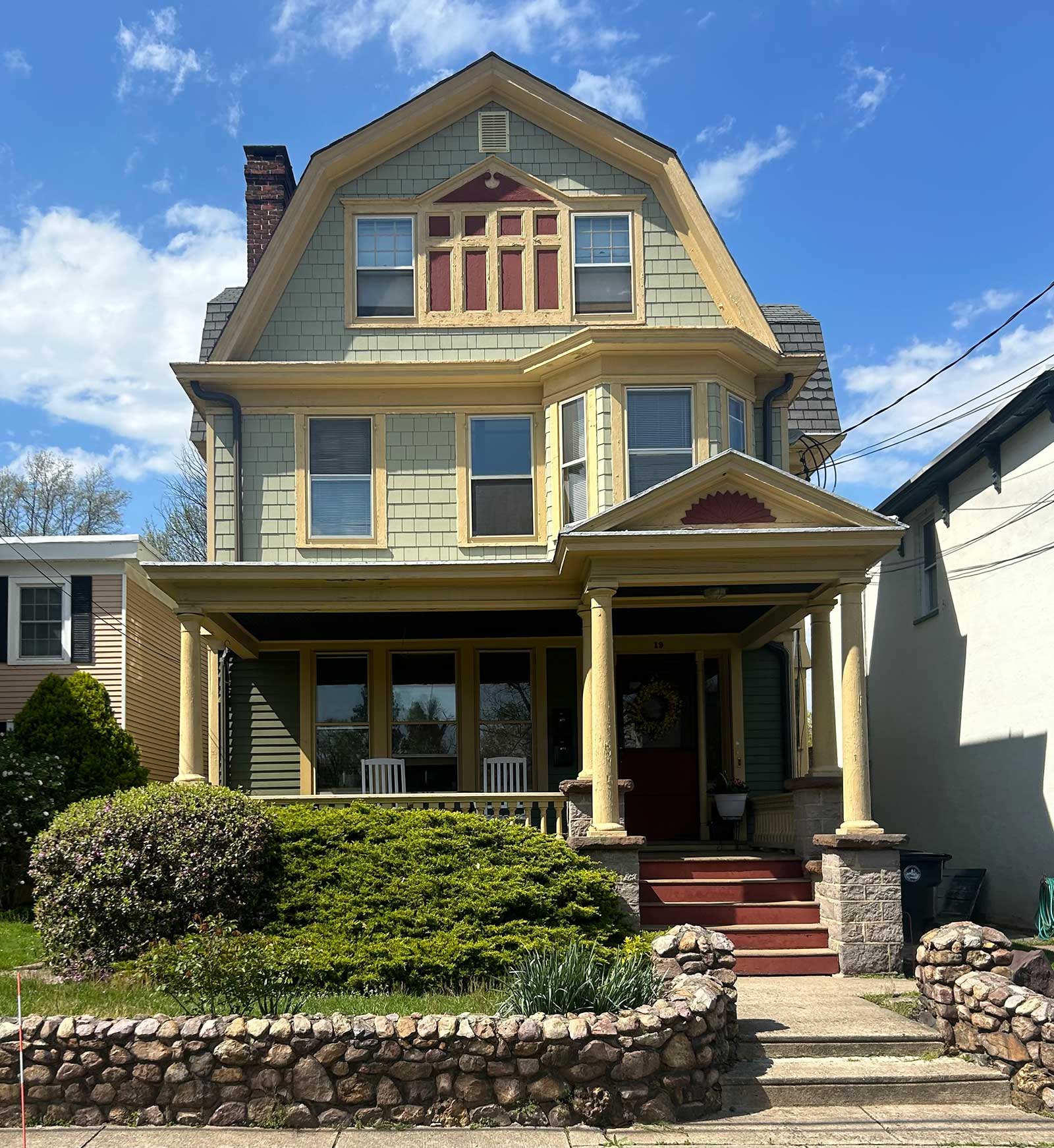
“We have the largest collection of Victorian houses outside Cape May,” said Todd Cook, a member of the tour’s subcommittee.
I’ve learned in my previous visits to Hunterdon County that the locals here run on “country time,” meaning the restaurants, tourist sites, and farm stands seem to open when it is convenient to the owner. On my recent visit to Flemington, I went to great lengths to find a coffee and pastry downtown but found the bakery was open only three days a week and closes promptly after lunchtime.
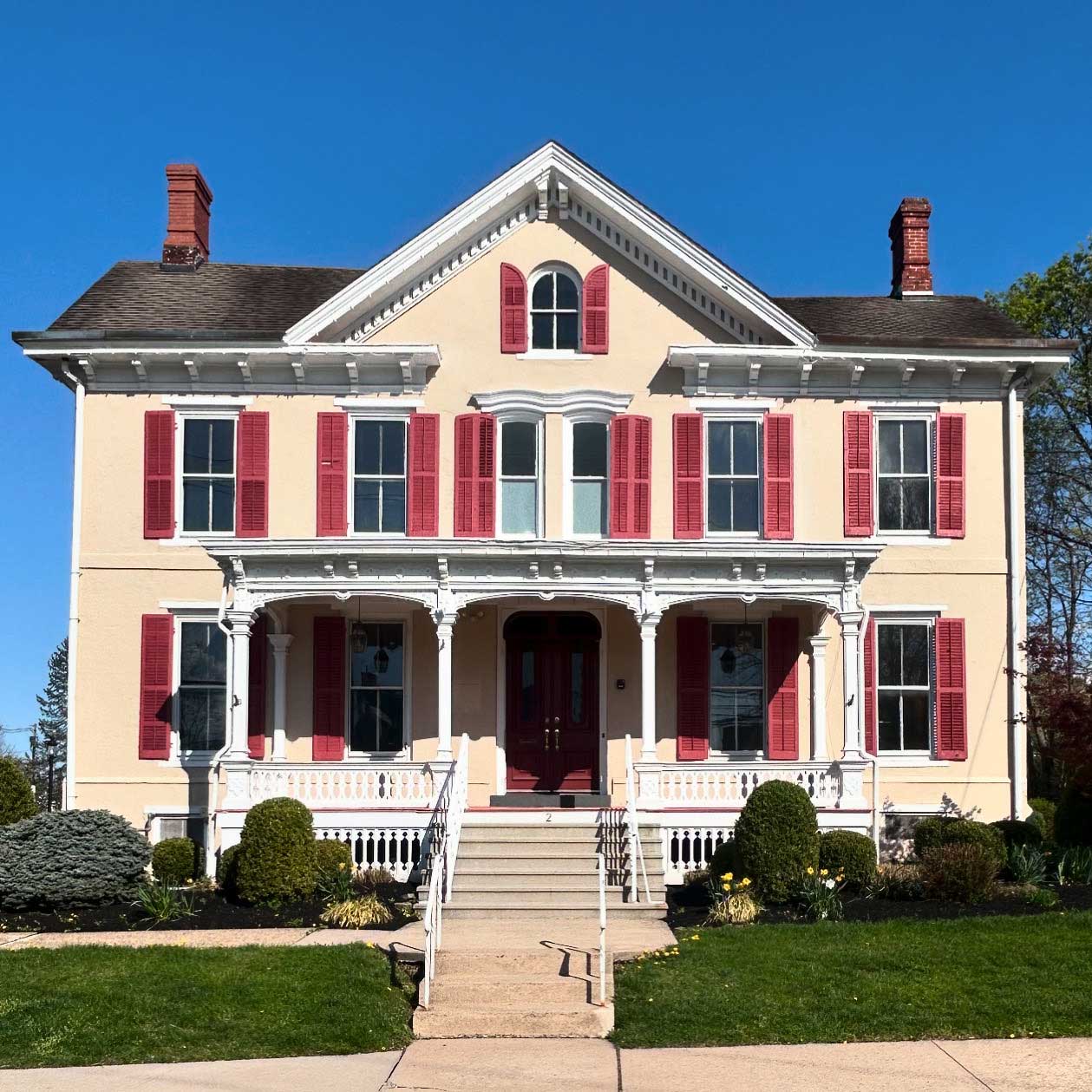
However, the House Tour is a great time to enjoy all that Flemington has to offer when the town rolls out the red carpet for its out-of-town guests. The coordination takes months and the tour committee’s efforts ensure that you don’t have to worry about whether the local eatery is open or be let down that the historic church with stained-glass windows is closed for a wedding.
When attending a house tour, it is wise to map out a route. Most of the featured homes and churches are clustered along Main Street. But it might be good to begin two blocks away at the oldest home of all, the homestead of the town’s eponymous founder, Samuel Fleming. The first thing you’ll notice about the house at 5 Bonnell Street is that it stands catty-corner to the road. The home was built that way in 1756 before Flemington’s modern street grid was laid down.
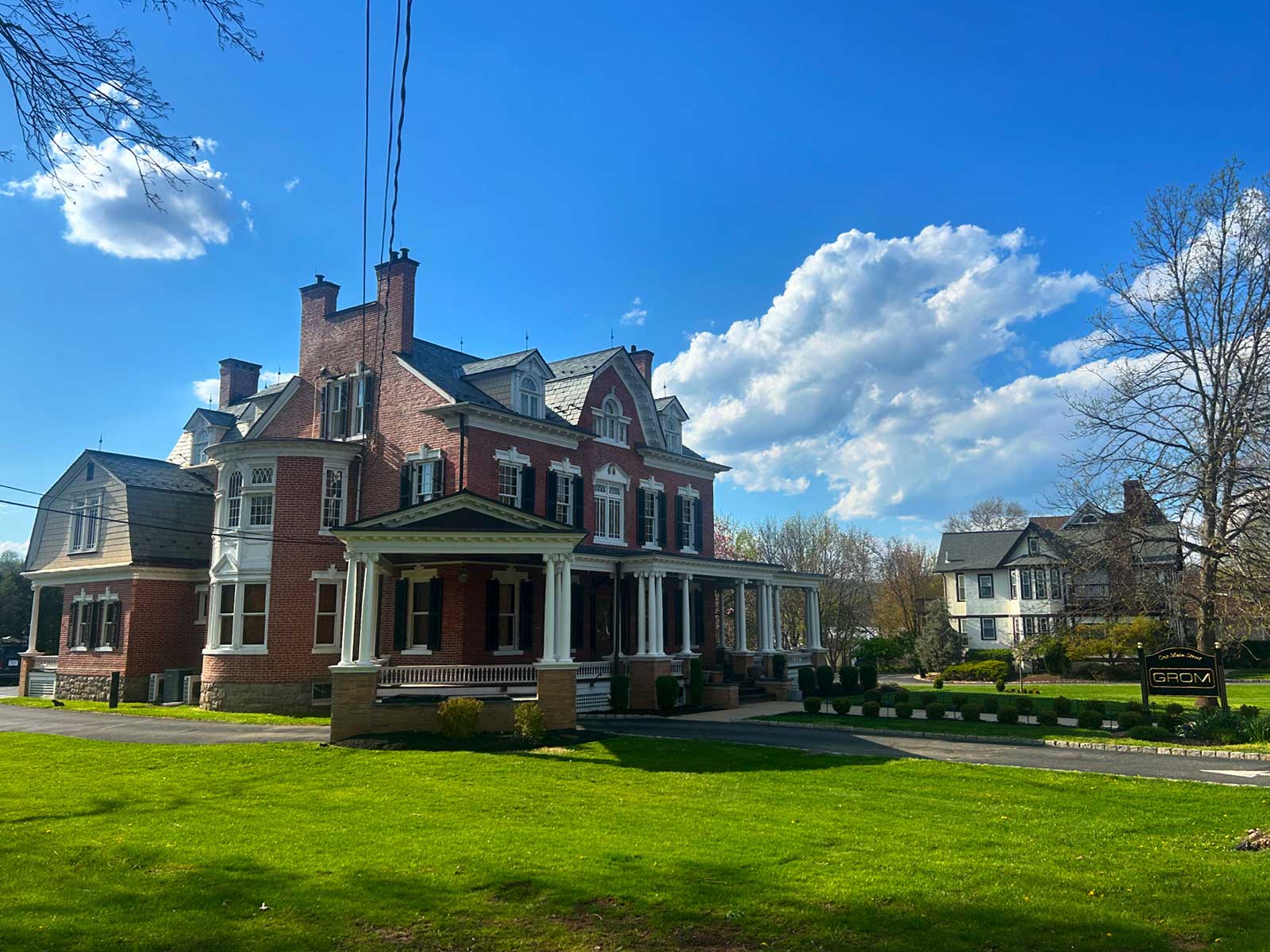
As house museums go — and many around the nation struggle to survive — there are few better than the Samuel Fleming House both in terms of its year-round programming and the collection of artifacts found within. It wasn’t until adulthood that I began to appreciate what a house museum offers. I think it was necessary for me to become sufficiently world-weary before I could appreciate the daily chores of an 18th-century frontiersman.
The nutmeg grinders, the candlemakers, the pocket warmers for winter carriage rides — touching and feeling these bygone tools transported me to a British colony on the verge of a revolution. There is also a chest of toys that the Fleming children played with — such as pick-up sticks and clay marbles for jacks — and I have since vowed never to complain of boredom again.
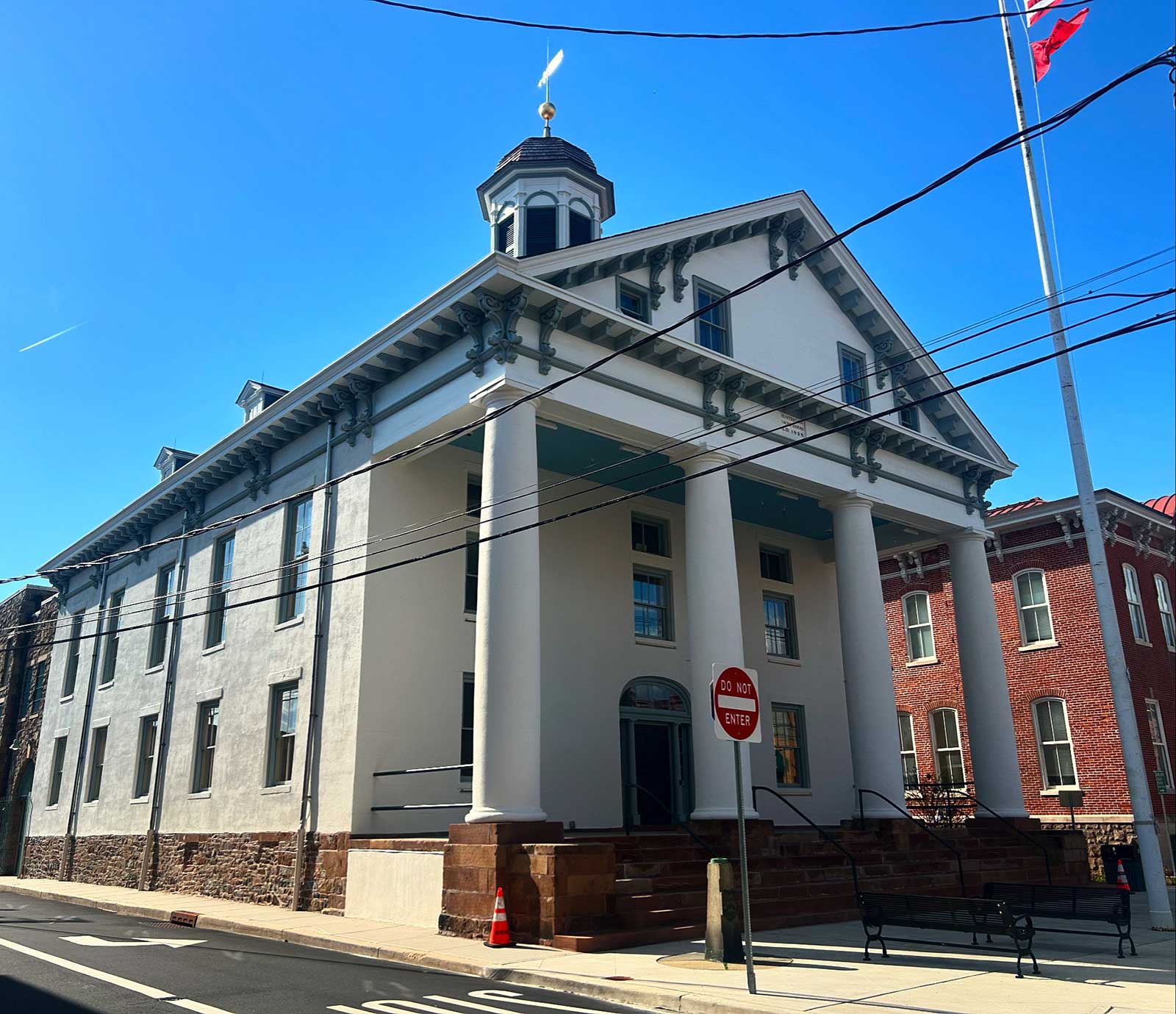
“The Fleming kids had to go down to Mine Brook Park and dig the clay out of the stream for their toys because rubber and plastic hadn’t been invented,” said Kelli Dochterman, the tour guide. “This was like their Wii, PlayStation, hoverboard, and all of that.”
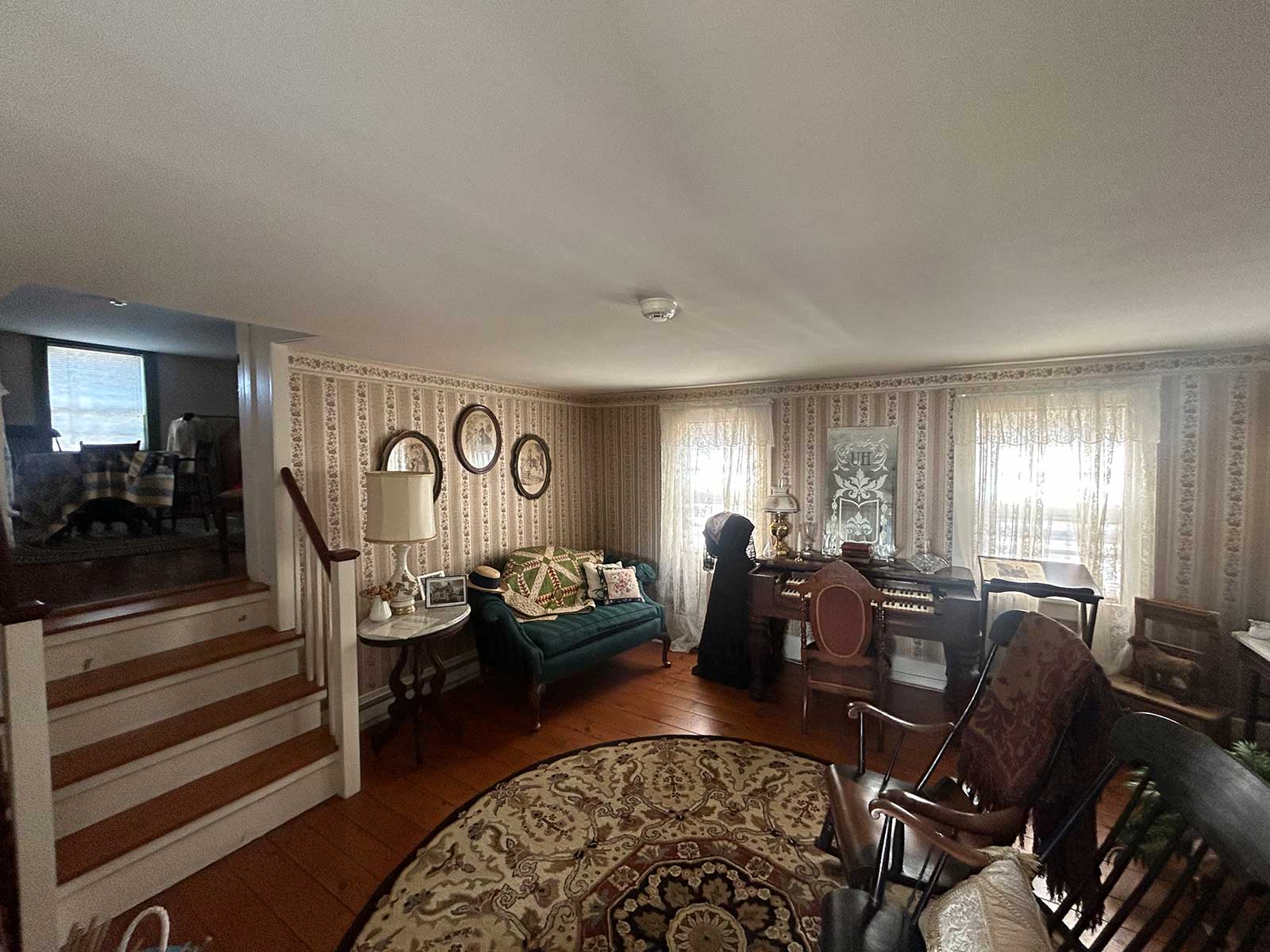
After Dochterman’s tour, you can stop for a quick coffee or bite at Alkemy Coffee Co. around the corner at the site of ceramicist William Stangle’s last remaining kiln or circle back to Bread + Culture on Main Street.
There is no wrong way to experience the tour. It all depends on what interests you. But this year’s highlights include the newly renovated Hunterdon County courthouse, where the kidnapper of Charles Lindberg’s child was tried, and the tombstone of Jacob Francis, a freed slave who owned a home in Flemington with his wife, Mary, also a freed slave. The foolproof way to make sure you hit all the main attractions is to hop on the trolley, which loops around downtown.
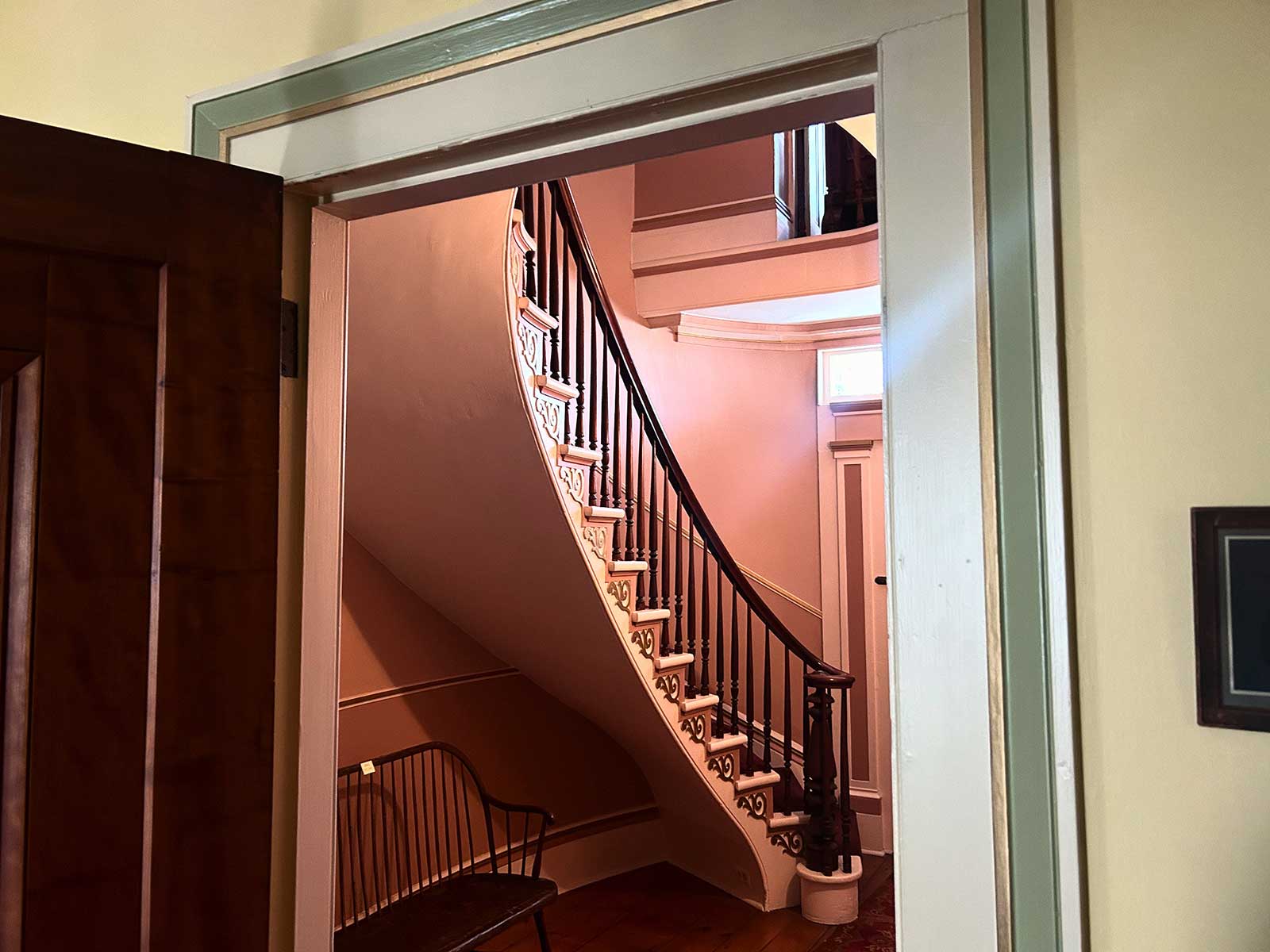
“We wanted to make sure that when you buy a ticket, you can plan it the way that you want,” Cook said. “All of these places will have docents that will guide you or you can take the tour on your own.”
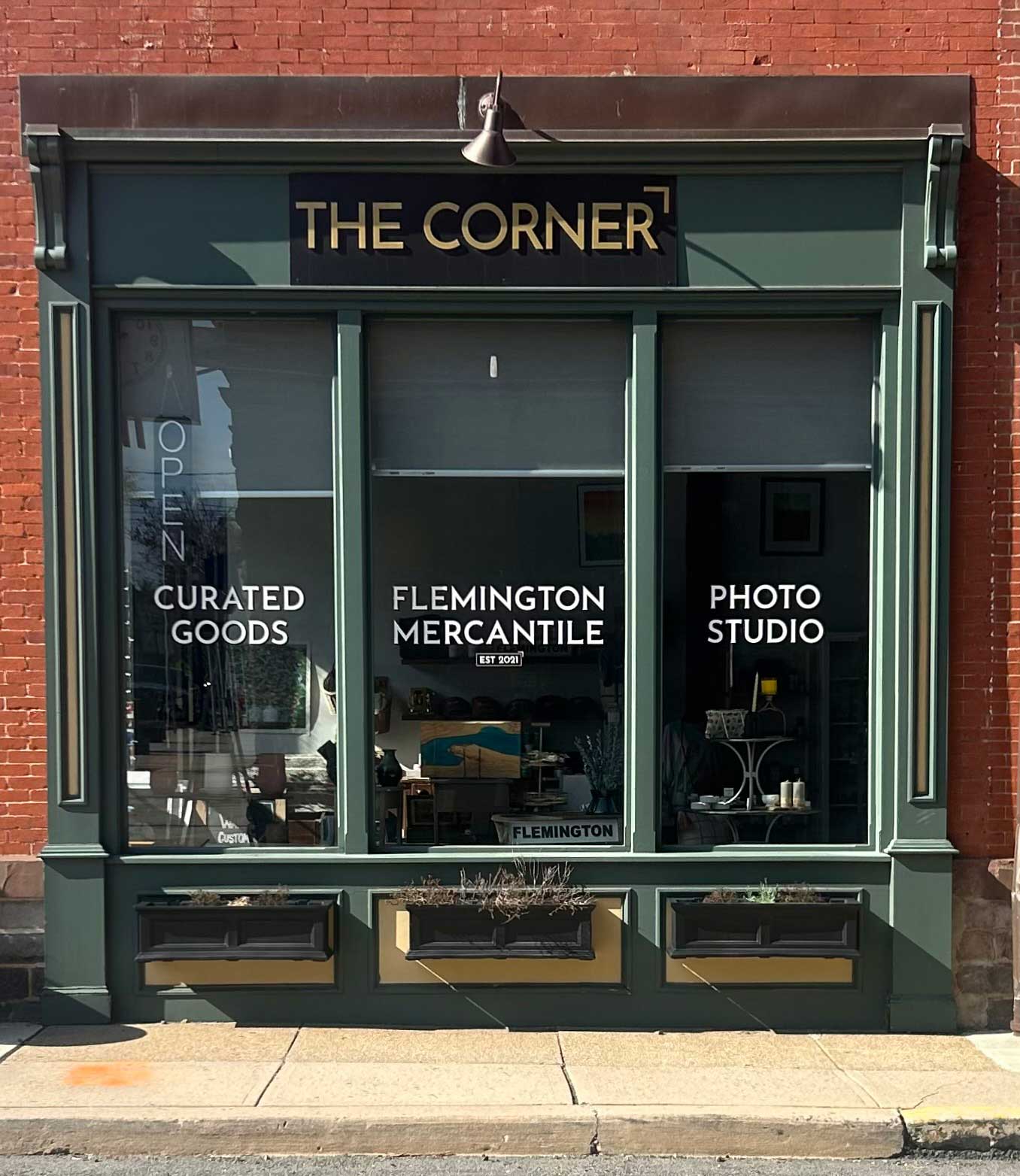
One thing to keep in mind is that, although more than half of the homes in town are listed on the National Register, landmark designation doesn’t forbid a homeowner from updating the interior of a house. The best chance to see a fully intact Victorian interior is at the Doric House, built in 1846, now owned by the Hunterdon County Historical Society. Two notables lived here. The first was architect Mahlon Fisher, who designed a number of homes featured on the tour. The other was Elizabeth Van Fleet Vosseler, a famous choirmaster in her day. Vosseler taught Paul Robeson’s at her school, which still exists on Chorister Place around the corner.
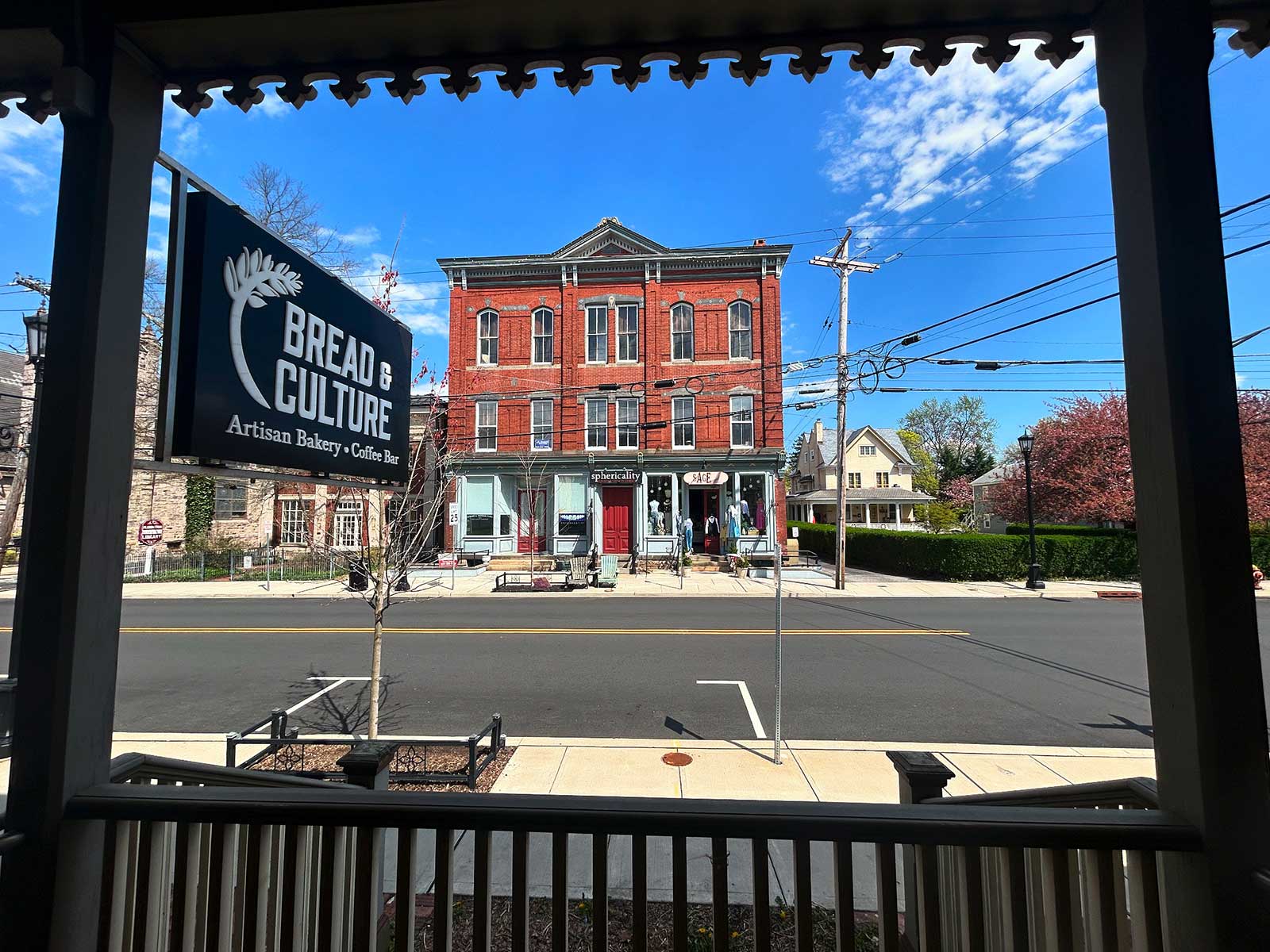
The home, with its circular staircase, embroidered drapery, pumpkin pine floors, and candelabras, is a time warp to the Gilded Age. It will soon display the Historical Society’s vast collection that has barely seen the light of day. “Our plan is to have rotating exhibitions in each of the rooms,” said David Harding, executive director of the Hunterdon County Historical Society.
Tickets to the House Tours of Flemington on June 1st can be purchased here.